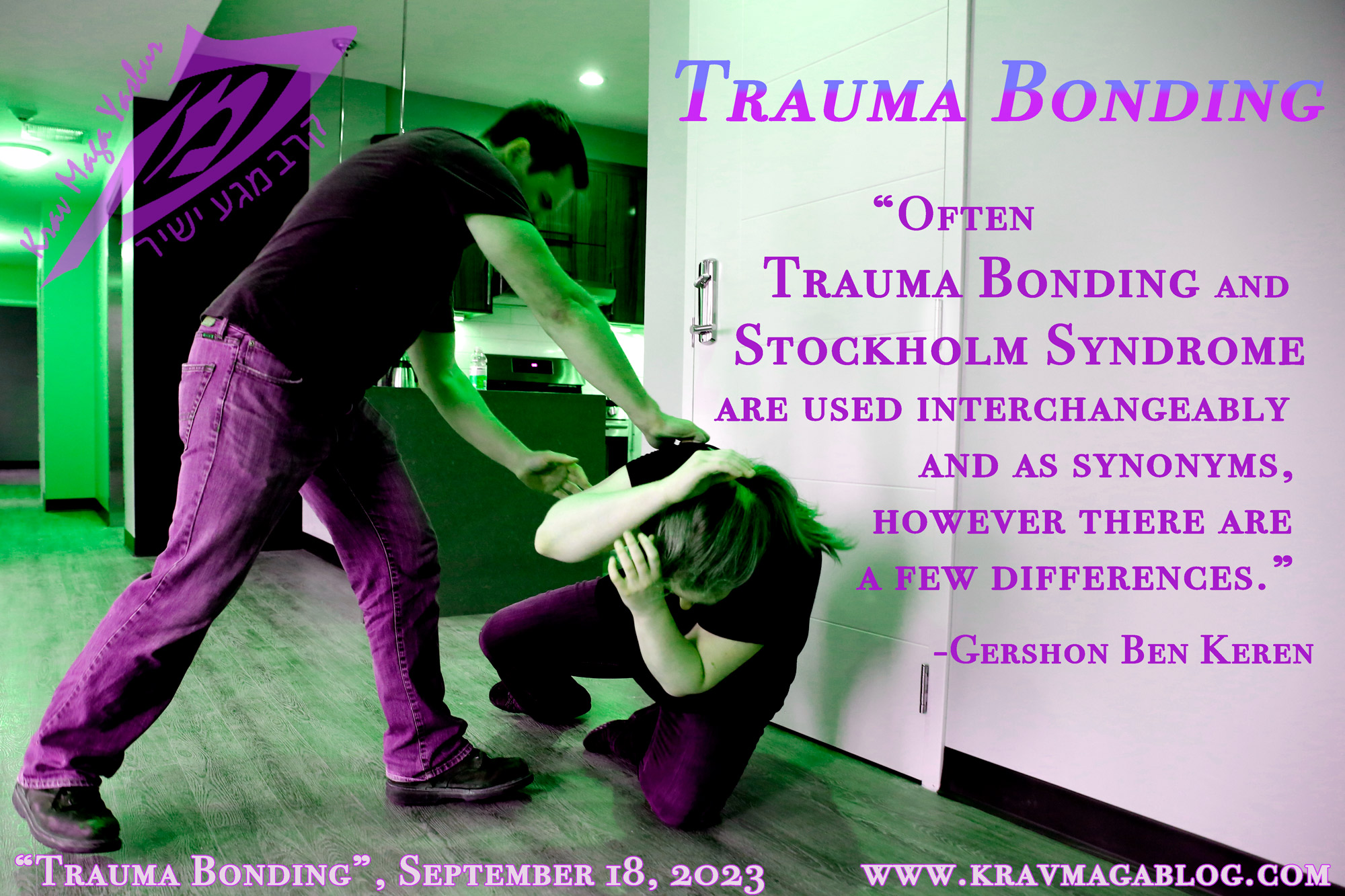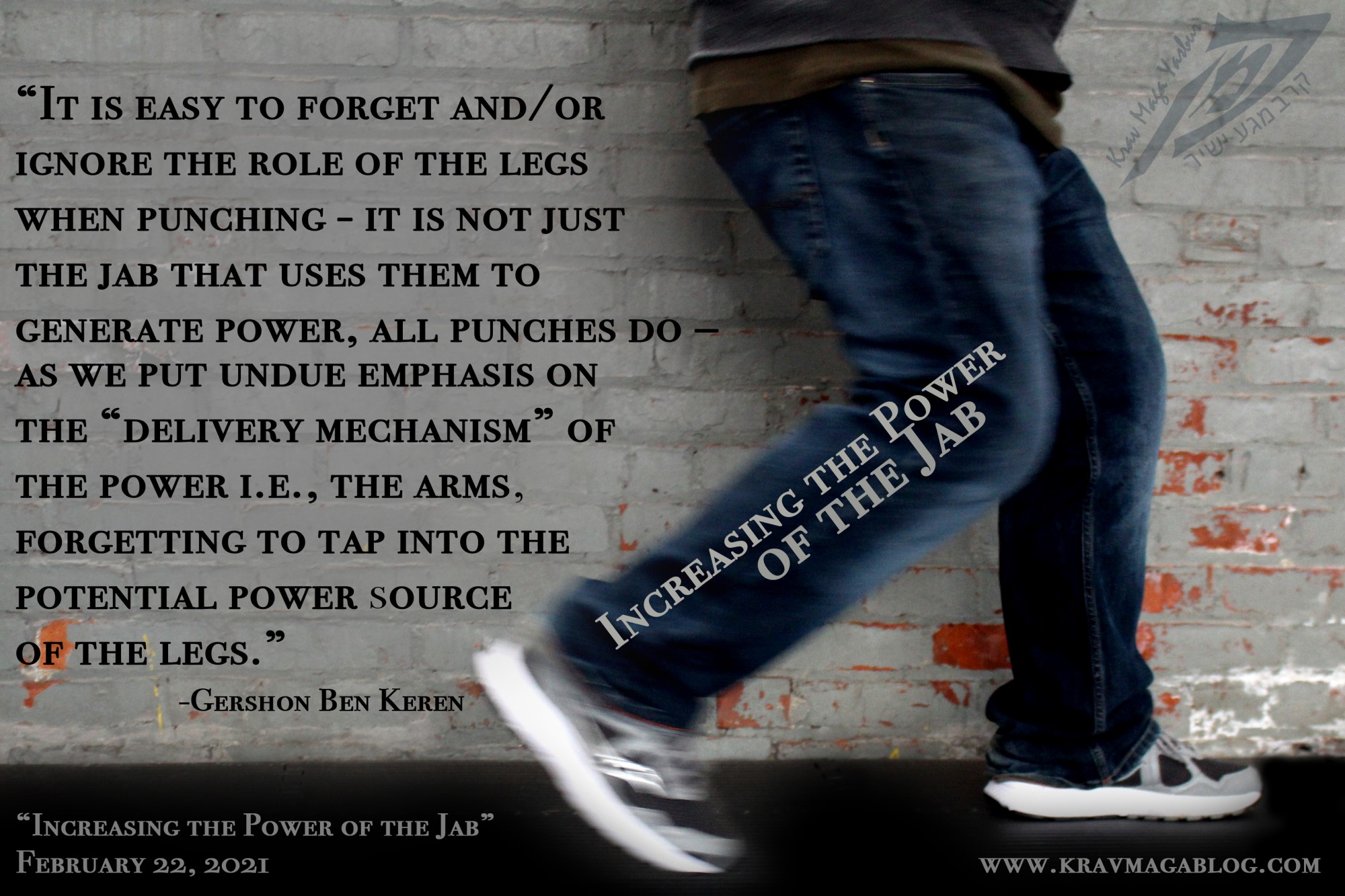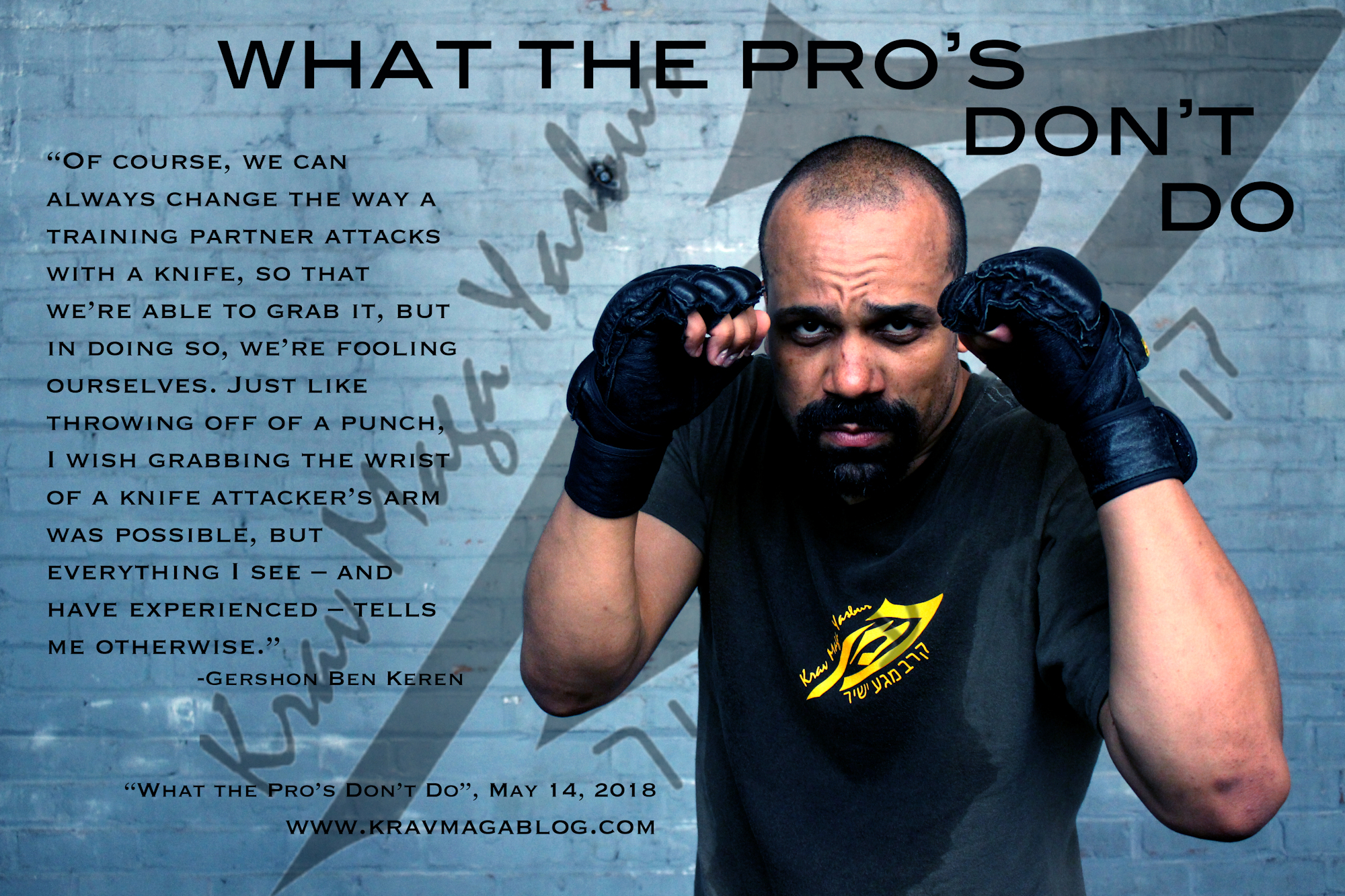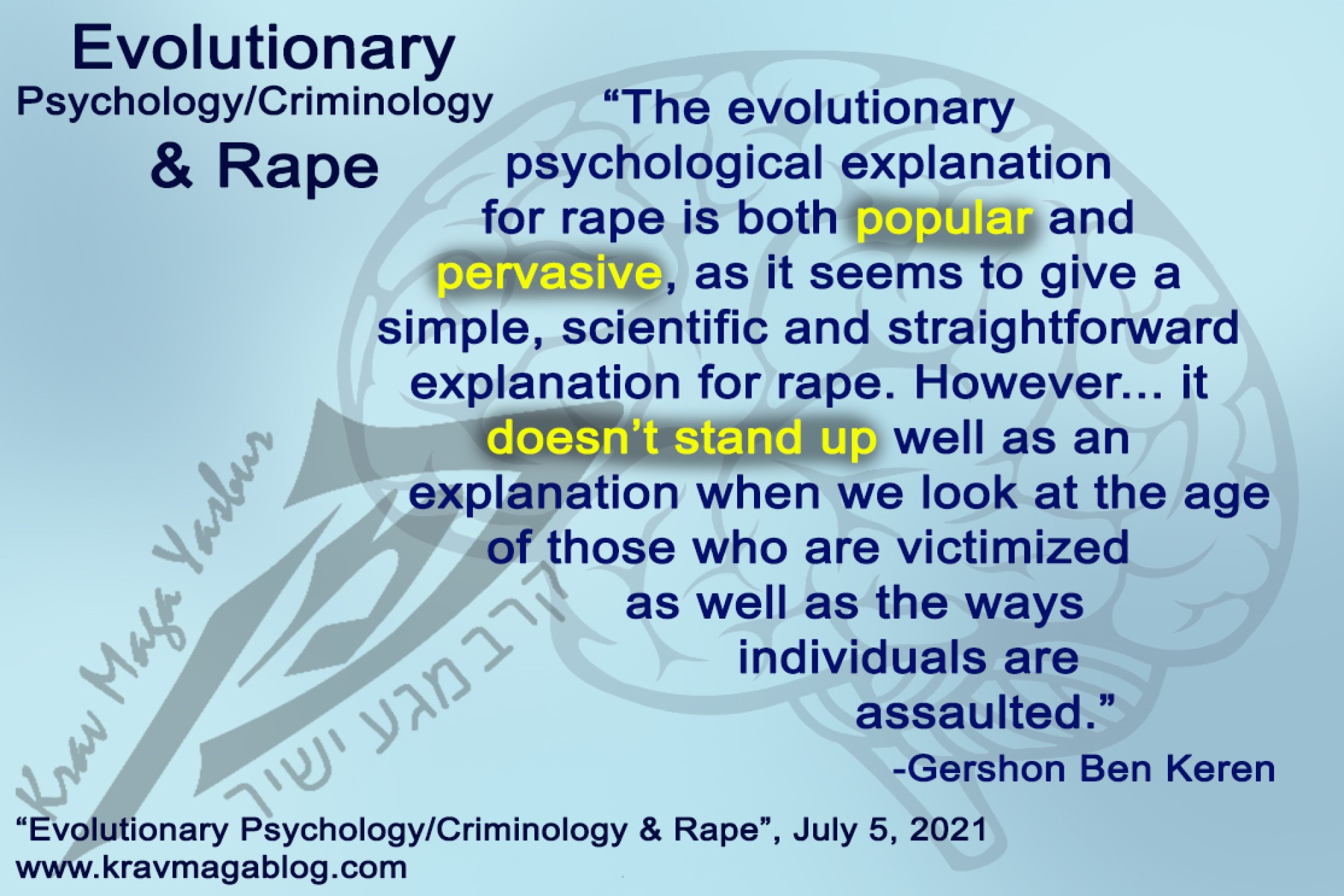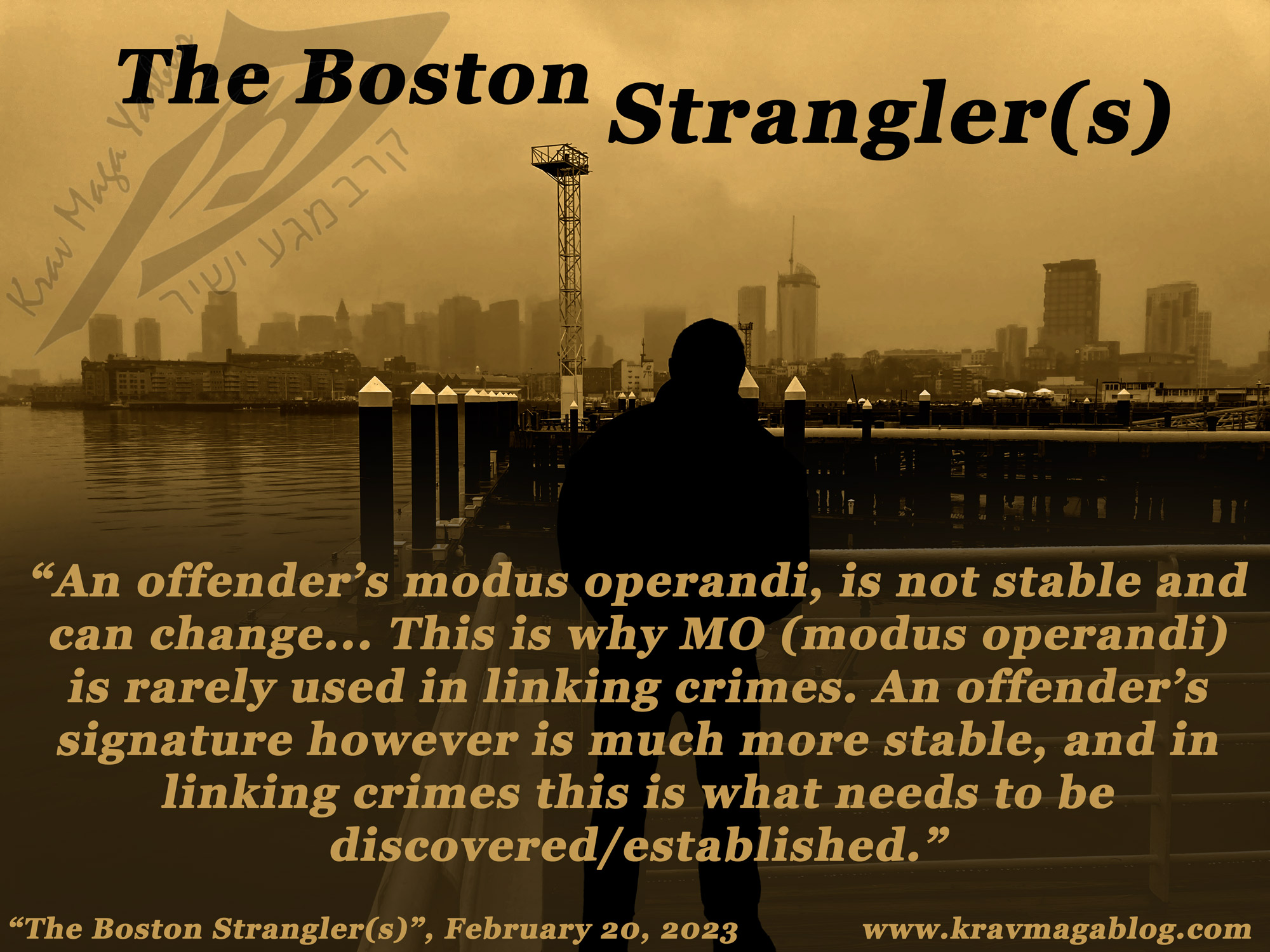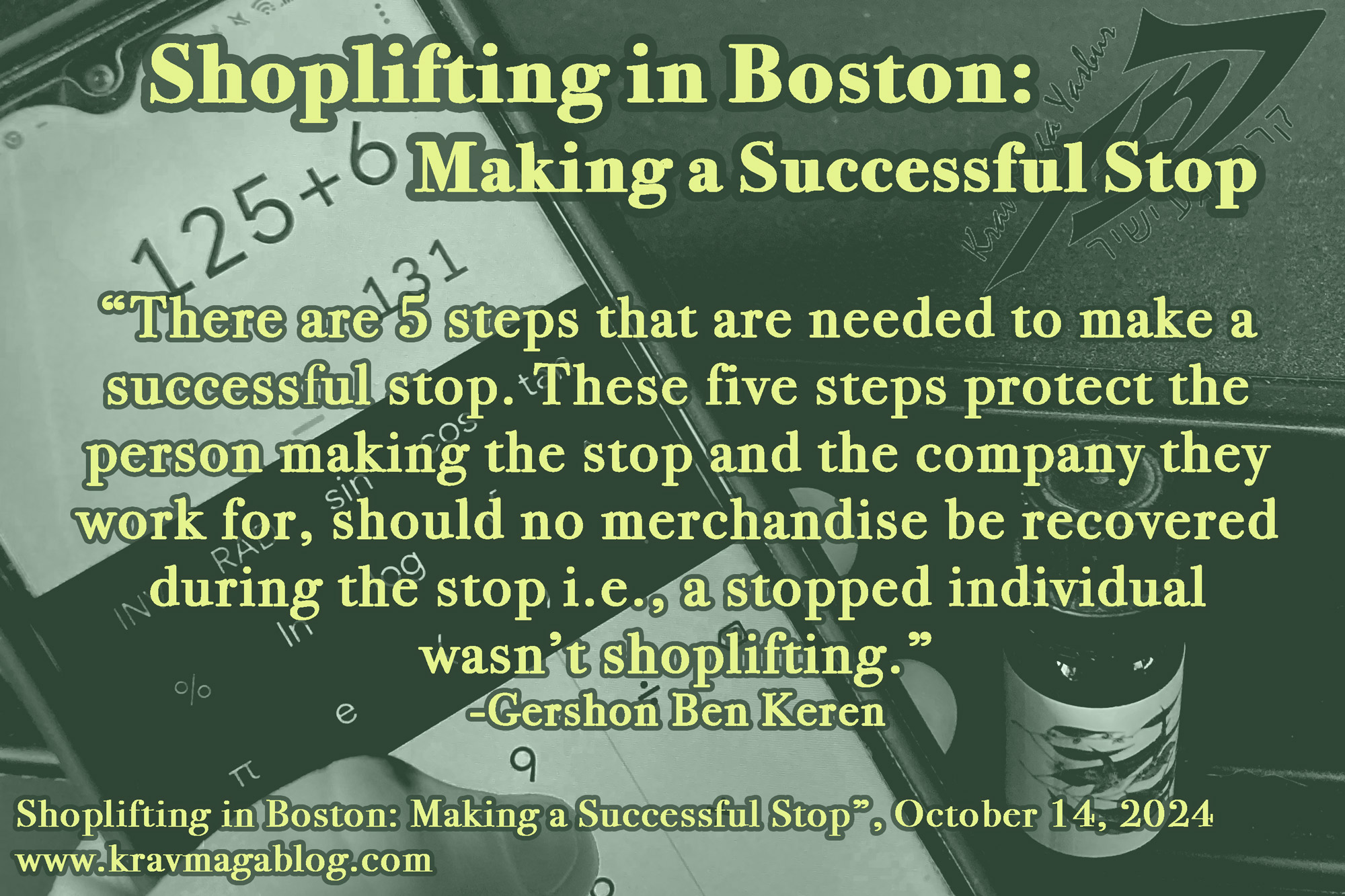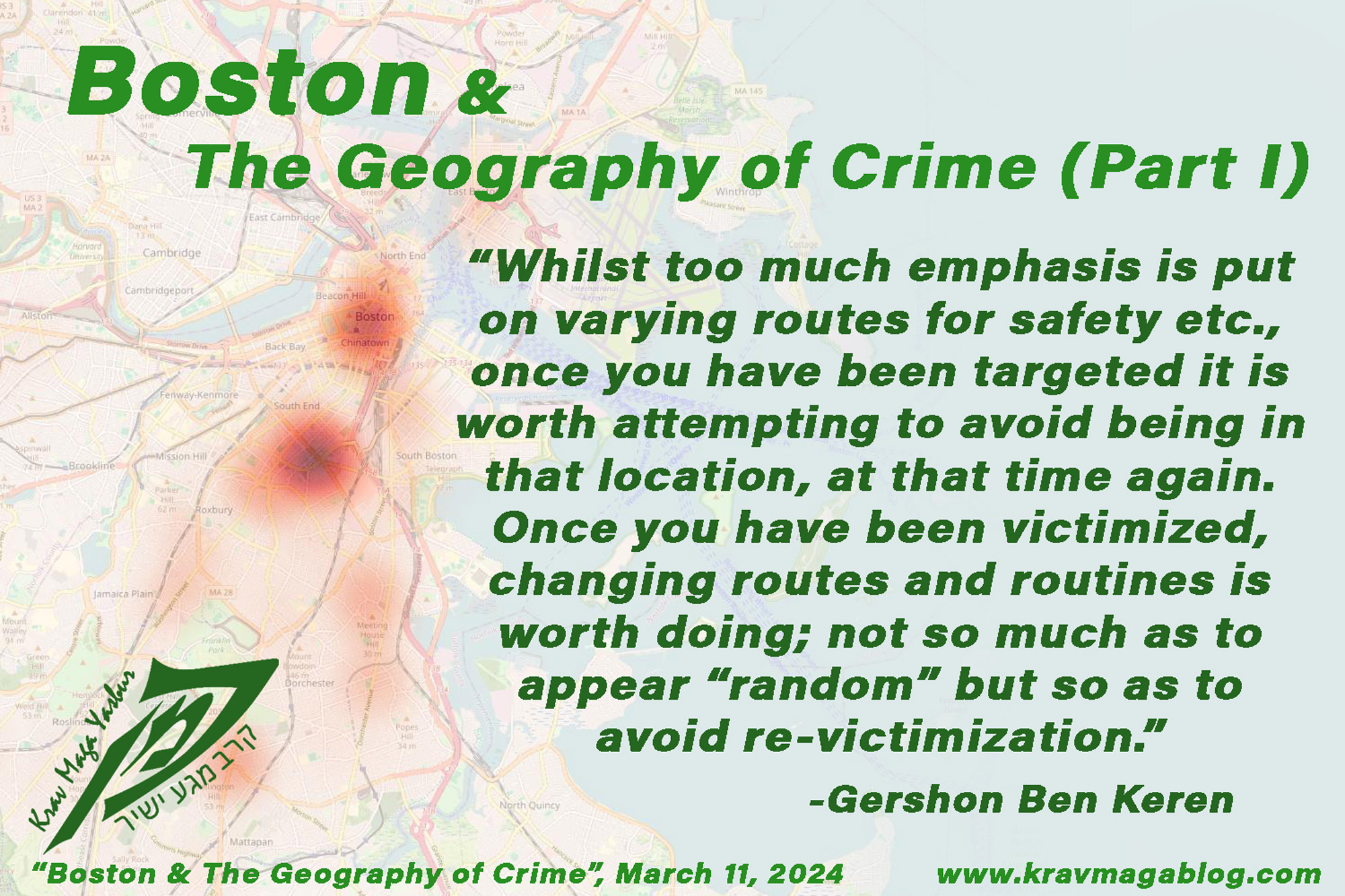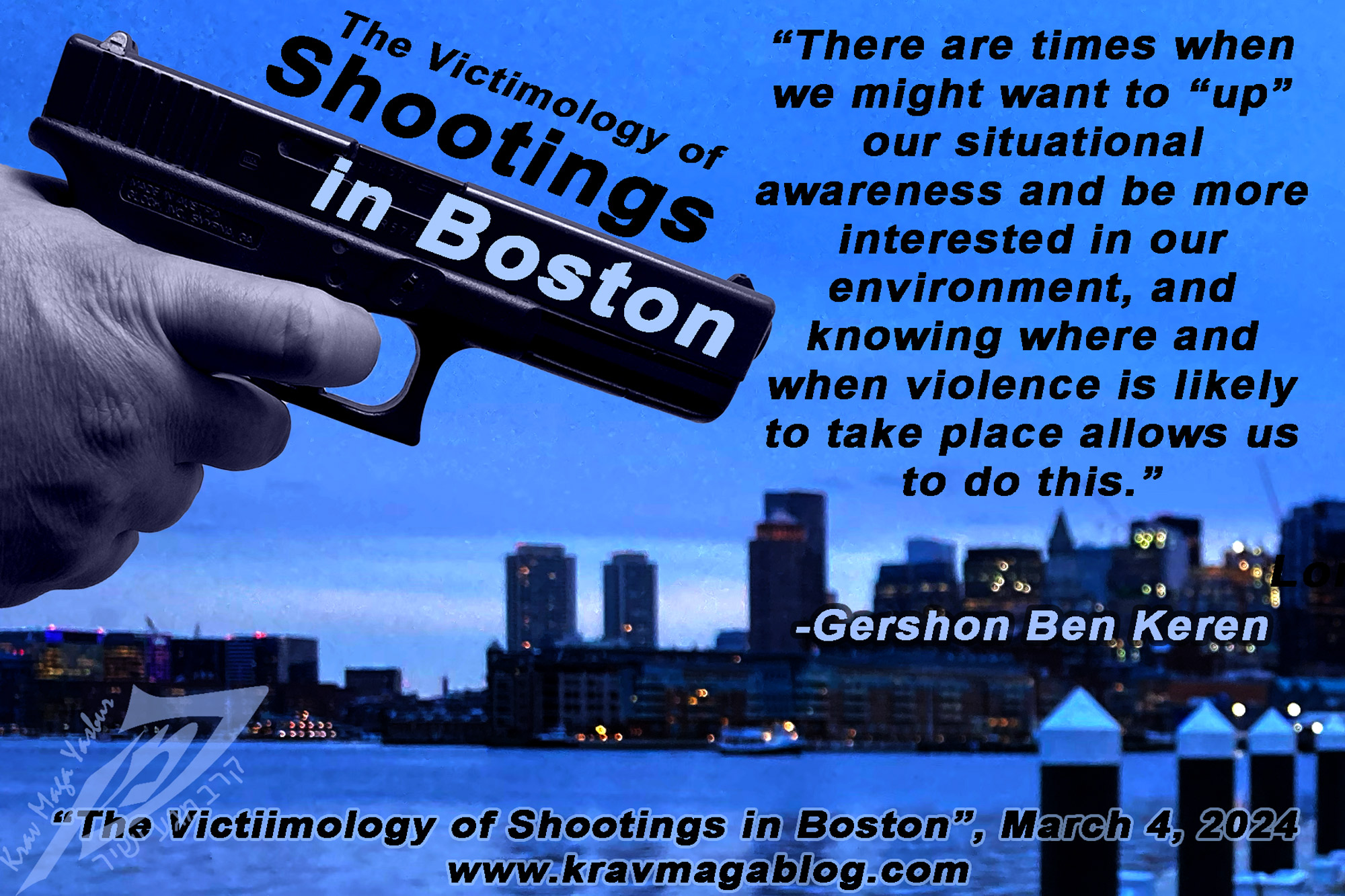The Boston Strangler(s), is an article written by Gershon Ben Keren, a 5th Degree Black Belt in Krav Maga, who teaches Krav Maga in Boston, MA. He has also authored three Amazon best-Selling Books on Krav Maga.
Although not initially a suspect, or a person of interest, in the Boston Strangler investigation (13 women had been strangled using items of their clothing in the Boston area during the early part of the 1960’s), Albert DeSalvo confessed in prison to being the aforementioned killer, after being convicted of a sexual assault in 1964. At the time there was a lot of doubt surrounding his claim, with many in law-enforcement, including the FBI’s Robert Ressler and others within the organization, making the point that in the rape he’d been convicted of, DeSalvo had apologized to the woman after sexually assaulting her, something that characterized this assault as being somewhat different to those attributed to the Boston Strangler e.g., under the FBI’s typology, such behavior i.e., apologizing, is characteristic of a “power assurance” rapist, whereas the Boston Strangler’s rapes and murders, looked to be motivated more by “power assertion” and anger, than assurance/reassurance. Under David Canter’s typology, which is more thoroughly researched and evidentially based than the FBI’s typologies, the act of apologizing would demonstrate that DeSalvo saw those he victimized as being people rather than vehicles or objects. Either way both categorization methods would see the rape/sexual assault that DeSalvo was convicted off as being very different to those attributed to the Boston Strangler.
In 2004, the body of Mary Sullivan (the Boston Strangler’s last victim), was exhumed and subjected to forensic scientific analysis that wasn’t available at the time of her murder, in order to establish if DeSalvo was indeed the Boston Strangler; as legal, law-enforcement and forensic professionals were/are divided on this matter. Fluorescent material found on Sullivan’s body and underwear generated two mitochondrial DNA sequences. These didn’t match the victim, members of the forensic team which had worked on the body, or Albert DeSalvo, suggesting that DeSalvo wasn’t in fact the Boston Strangler. In 2013 new chromosome testing methods, using DNA provided from one of DeSalvo’s nephew’s and later DeSalvo’s exhumed body, matched that DNA found on Mary Sullivan’s body and clothing. This conclusively linked DeSalvo with the murder of Sullivan, however it didn’t by default make him the Boston Strangler. DeSalvo was linked to this homicide, but there was no physical evidence linking him to the other twelve. In fact, DeSalvo, got the time of death wrong with several of the victims casting doubts on his claim(s) that he was the Boston Strangler. Interestingly he also got facts wrong in his confession about the one homicide he could be linked to, that of Mary Sullivan. In his confession he stated that he strangled her with his bare hands rather than using a ligature (her nylon stockings), something that linked the crimes to potentially being the work of one person. With the release of a new movie (starring Kiera Nightly as Loretta McLaughlin, the journalist who broke the story), on March 17, 2023, I want to use this article to examine some of the investigative methods that are used in such cases, why DeSalvo may not actually be the Boston Strangler, and why these homicides that are attributed to one individual may in fact have been committed by two or more killers, working independently.
To understand why there are doubts concerning DeSalvo’s claim to being the Boston Strangler, we need to distinguish between an offender’s Modus Operandi (MO), and their signature. Modus operandi refers to the mode of operation, or the way an offender commits their crimes. Of the thirteen women the strangler(s) killed (the police at the time believed there were multiple stranglers, and that there wasn’t a lone single killer but several murderers), in all cases there were no signs of forced entry i.e., the women had let the killer into their apartments/buildings either because they knew them, or because they had reason to believe that the individual has a reason to be there e.g., they could be a maintenance man for the building, or could have assumed the role of someone who had a legitimate reason to enter their premises, such as a detective/police officer etc. This would lend credibility to DeSalvo’s claim, as he’d gained access to the one sexual assault that it was known he had committed by pretending to be a police officer. However, an offender’s modus operandi, is not stable and can change e.g., a sexual offender may have initially forced open windows in order to get into their victim’s apartment, and then at a later date start to use guile in order to do so, before resorting back to physically forcing their way in etc. This is why MO (modus operandi) is rarely used in linking crimes. An offender’s signature however is much more stable, and in linking crimes this is what needs to be discovered/established. What may at first appear to be a signature of the Boston Strangler, is their method of killing i.e., strangulation using a ligature, commonly the victim’s nylon stockings. However the method of killing may also be part of an offender’s MO – something that is subject to change – rather than a signature e.g., in two of the killings attributed to the Boston Strangler, the victim was also stabbed. If all of these homicides were committed by one person strangulation seems to be more part of their MO than an absolute signature.
Something else that suggest DeSalvo was not the Boston Strangler – and/or the killings were the work of different individuals - is the timeframe over which the attacks took place. They started with four attacks in June of 1962, followed by two in August of the same year, and another two in December. There were four further murders matching the Strangler’s MO in 1963 (one each in March, May, September, and November). These were followed by a final homicide in January of 1964. The longest the Boston Strangler - if the homicides were the result of one individual - had gone between each murder was three months. DeSalvo was convicted of a sexual assault that took place in November 1964, which would represent a “cooling off” period between that attack, and the last murder, of around eight to nine months (the January 1964 homicide took place on the 4th, with DeSalvo’s known assault taking place on October 27th1964). There is little doubt that DeSalvo committed the January 1964 homicide, as post-humous DNA testing with the victim of that murder (Mary Sullivan), link it to him, but from an overall behavioral offending pattern his known sexual assault for which he was initially convicted doesn’t marry up. It may be that DeSalvo was a serial rapist who committed a homicide, maybe as a “copycat” event and/or to heighten his thrills etc., but his known assault does not fit the pattern of a serial-killer, based of off the timeframe over which the Boston Strangler homicides take place. The spread of these homicides over time suggests that there was more than one killer operating within the Boston area e.g., whilst eight of the killings took place in Boston, with one in Cambridge, the others took place further up North in the cities of Lynn, Lawrence (two murders) and Salem. Another factor that may also suggest there was more than one killer/strangler, may be found in the victimology of the homicides. Most sexual offenders (not all), have a preferred demographic or “typical” victim, with age often being a significant factor. Those whose killings were attributed to the Boston Strangler vary in age greatly, with the youngest at nineteen and the oldest eighty-five.
If DeSalvo was indeed only responsible for one or possibly several of the killings attributed to the Boston Strangler, why did he claim to be responsible for them all? DeSalvo, spent time in the Bridgewater State Hospital, a correctional facility for those who are classed as criminally insane, or whose sanity was being evaluated. Although not diagnosed as insane, DeSalvo was diagnosed with narcissistic personality disorder. The first person he “confessed” to, was another inmate not a member of staff, and it may be that he was unable control his boasting in a search for fame and notoriety etc. He may well have believed that the fact that the police had been unable to identify and apprehend the killer, meant that he had an opportunity to paint himself as a criminal mastermind etc. It could also be that he knew or suspected who the other “Boston Strangler” was and knew that the attacks would stop after he claimed them, or because the other individual was already incarcerated etc., or it could be that DeSalvo’s behavior was genuinely so odd, irregular, and wacky that it defies any logic, and he is the one and only Boston Strangler. I will be interested in how the Boston Strangler movie approaches DeSalvo and if they offer up any new and/or different perspectives.
0 COMMENTS